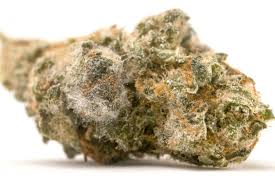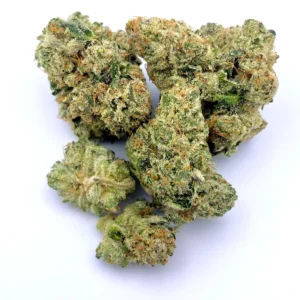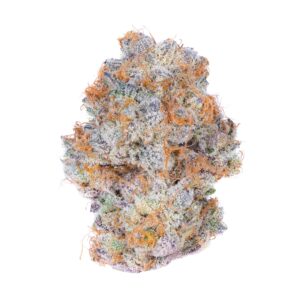Moldy Weed, As the legalization and popularity of cannabis continue to rise, so does the importance of understanding the quality and safety of the product you’re consuming. One critical issue that often goes unnoticed by casual users is the presence of mold in weed. Moldy weed is not just a matter of aesthetic disappointment; it can pose serious health risks. Here’s what you need to know about moldy weed and how to avoid it.
What is Moldy Weed?
Moldy weed refers to cannabis that has been contaminated with mold spores, often due to improper storage conditions or pre-existing issues in the growing environment. Cannabis plants are particularly susceptible to mold and mildew due to their dense foliage and high moisture content. Common molds found in weed include Aspergillus, Penicillium, and Botrytis, which can affect the quality and safety of the product.
Health Risks Associated with Moldy Weed
- Respiratory Issues: Inhaling mold spores can lead to respiratory problems, especially for individuals with pre-existing conditions such as asthma or chronic bronchitis. Symptoms can range from coughing and wheezing to more severe reactions like lung infections.
- Allergic Reactions: Moldy weed can trigger allergic reactions in some individuals, including sneezing, runny nose, and itchy eyes. For those with mold allergies, exposure can exacerbate symptoms and lead to discomfort.
- Weakened Immune System: Consuming moldy weed can weaken the immune system over time, making the body more susceptible to infections and illnesses.
- Toxicity Concerns: Some molds produce mycotoxins, which are toxic substances that can be harmful if ingested or inhaled. These mycotoxins can contribute to long-term health issues and should be avoided.
Identifying Moldy Weed
Detecting moldy weed isn’t always straightforward. Mold can sometimes be invisible to the naked eye, but there are a few signs to watch out for:
- Appearance: Moldy weed may have a white, gray, or fuzzy appearance on the surface. However, some molds can be difficult to see.
- Smell: Moldy cannabis often has a musty or damp odor that is noticeably different from the typical scent of fresh weed.
- Texture: If the buds feel unusually soft or spongy instead of dry and firm, they might be moldy.
Prevention and Storage Tips
To prevent mold growth and ensure your cannabis remains safe to consume, follow these tips:
- Proper Storage: Store cannabis in an airtight container in a cool, dry place. Avoid exposing it to high humidity or direct sunlight, which can promote mold growth.
- Monitor Humidity: Use humidity packs or desiccants to maintain an optimal moisture level inside your storage container. The ideal humidity level for cannabis storage is between 55% and 62%.
- Inspect Before Use: Always inspect your cannabis for any signs of mold before use. If you detect any mold, it’s best to discard the product rather than risk potential health issues.
- Buy from Reputable Sources: Purchase cannabis from licensed dispensaries or trusted sources that adhere to strict quality control standards. This reduces the risk of buying moldy weed.
Conclusion
Moldy weed is more than just an unpleasant surprise; it can have real health implications. By understanding the risks associated with moldy cannabis and taking preventive measures, you can ensure a safer and more enjoyable experience. Always be vigilant about the quality of the cannabis you consume and prioritize your health and well-being.
You Might Also Like These:



